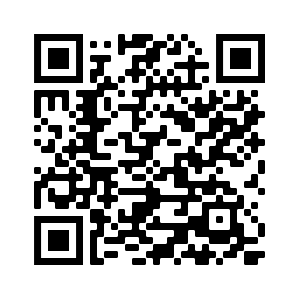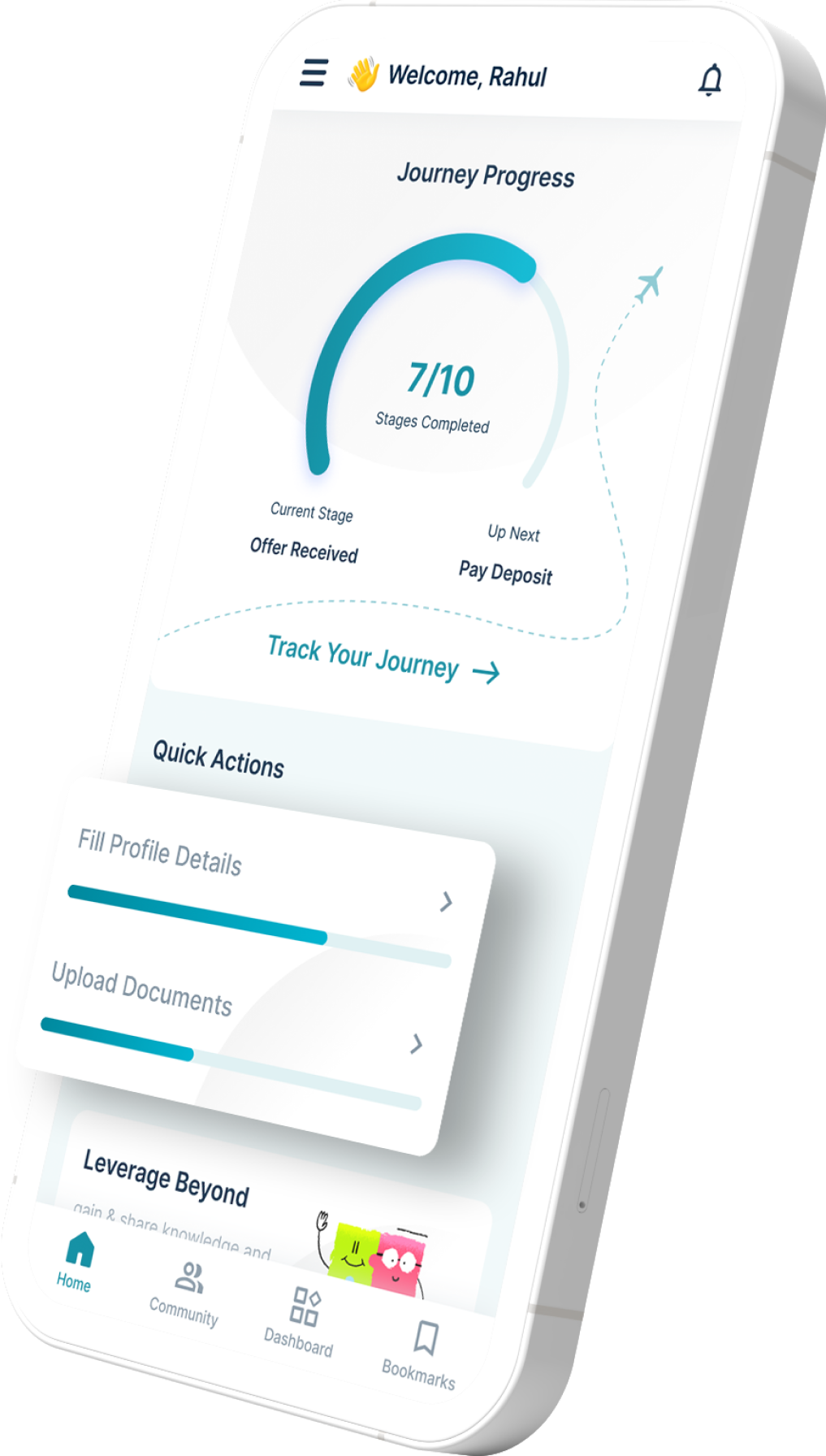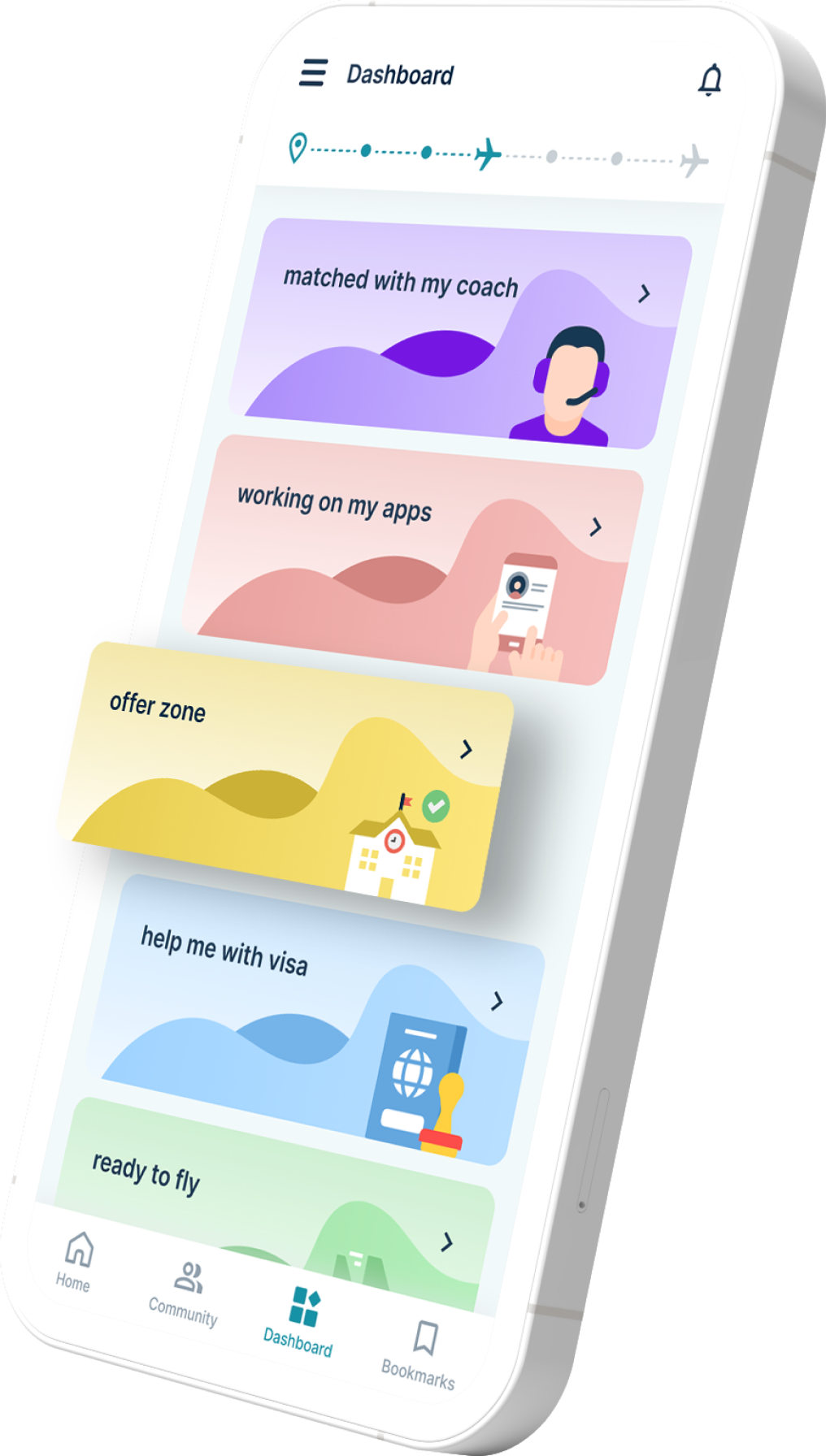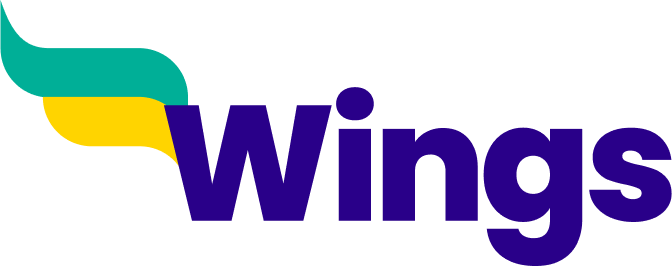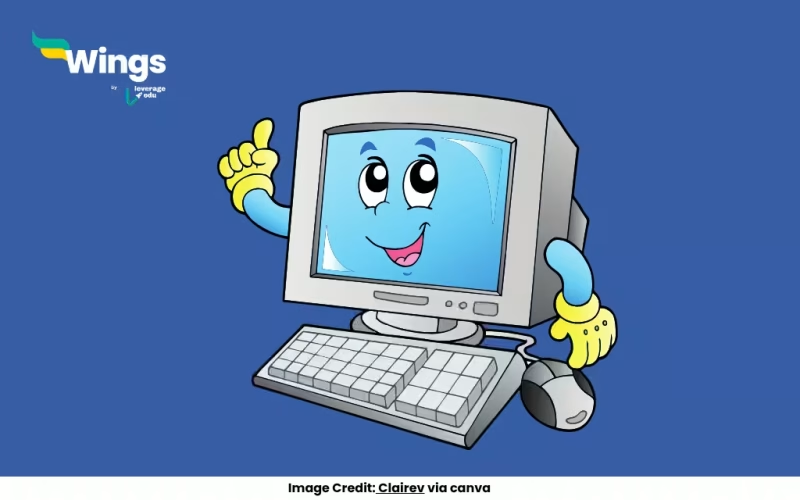1. A computer is composed of only hardware.
2. An electronic device that stores, retrieves, and processes data.
3. A computer can organize all information on its own.
4. A computer is composed of only software.
Correct Answer: 2. An electronic device that stores, retrieves, and processes data.
A computer is an electronic device that stores, retrieves, and processes data, combining hardware and software to perform tasks. This definition distinguishes it from incorrect ideas like being only hardware, only software, or self-organizing, making it a foundational concept for students in computer science.
What Makes a Computer a Computer?
Let’s get to the heart of it: a computer is an electronic device that stores, retrieves, and processes data. Think of your laptop or phone—they take in info (like a Google search), store it (like your photos), and process it to give you results (like a game score). This definition covers everything from a basic calculator to a supercomputer. It’s the foundation of how computers work, making them essential tools in our daily lives.
For students, this is the starting point for understanding tech. Computers aren’t just hardware or software alone, and they don’t magically organize data without instructions. They’re a team effort of physical parts and programs, working together to handle data. Whether you’re studying computer science or just using a PC for homework, this definition is your key to getting how tech ticks.
Why This Definition Fits?
The answer—an electronic device that stores, retrieves, and processes data—is spot-on because it captures the core functions of a computer. Storing means saving files, retrieving means pulling them up, and processing is the brainy part, like running apps or solving equations. The other options miss the mark: a computer isn’t just hardware (like a monitor) or just software (like an app), and it definitely needs human input to organize data, not doing it on its own.
For students, nailing this definition helps you avoid common mix-ups in computer science classes. It’s like knowing the rules of a game before you play. Understanding what a computer does sets you up to dive into coding, hardware, or even AI without getting lost in the jargon.
Quick Facts
- Definition: Electronic device that stores, retrieves, and processes data
- Components: Hardware (physical parts) and software (programs)
- Examples: Laptops, smartphones, servers
- Key Function: Processes data based on instructions
- Not Self-Organizing: Needs programs to manage data
How Do Computers Store Data?
Storage is a big part of what makes a computer tick. When you save a file, like a school project, it’s stored on hardware like a hard drive or SSD. This data stays put until you need it, whether it’s a photo, a document, or a game save. Computers use different types of storage—RAM for quick access, hard drives for long-term stuff—to keep everything organized. It’s like a super-efficient filing cabinet that never loses your stuff.
For students, understanding storage is super practical. It explains why your computer slows down when it’s full or why you need to back up files. When studying tech, knowing how computers store data helps you grasp concepts like memory management or cloud computing, which are big topics in IT courses.
What’s the Deal with Retrieving Data?
Retrieving data is all about pulling up what you’ve stored. When you open a file or search for a song, the computer fetches that data from its storage and displays it. This process is lightning-fast, thanks to hardware like processors and software like operating systems working together. It’s why you can find a photo in seconds or load a website in a snap.
For students, this is a key piece of the computer puzzle. Retrieval ties into how databases work or why search engines are so quick. If you’re studying for a computer science exam, knowing how computers retrieve data can help you explain things like file systems or even how Google works. It’s a small detail with big implications.
How Do Computers Process Data?
Processing is where the magic happens. The computer’s brain—its CPU—takes the data you give it, follows instructions from software, and turns it into something useful. Think of it like a chef: you give it ingredients (data), a recipe (software), and it cooks up a dish (like a game graphic or a math answer). This is why computers can do everything from running apps to solving complex physics problems.
For students, processing is a core concept in computer science. It’s behind everything from coding to AI. Understanding how computers process data helps you tackle topics like algorithms or programming, making it easier to ace projects or exams. Plus, it’s cool to know how your device turns clicks into results!
Summary
Question: Which one of the following statements is correct about a computer?
Answer: Computer is an electronic device that stores, retrieves, and processes data.
Knowing what a computer is sets the stage for mastering tech. For students, understanding that computers store, retrieve, and process data opens the door to exploring coding, hardware, or even future tech like AI. It’s a simple definition with massive real-world impact, from school projects to global systems.
Also Read:
Green Revolution was started in India in ___
Who Founded the Chola Dynasty?
Kanchanjunga Peak is located in _______.
In Kabaddi Game, How many Players are There in Each Team?
Which one has the World’s Longest Railway Platform in India?
The Arvari River, considered the Smallest River in India, is Located in
Which State?
 60,000+ students trusted us with their dreams. Take the first step today!
60,000+ students trusted us with their dreams. Take the first step today!

 One app for all your study abroad needs
One app for all your study abroad needs



